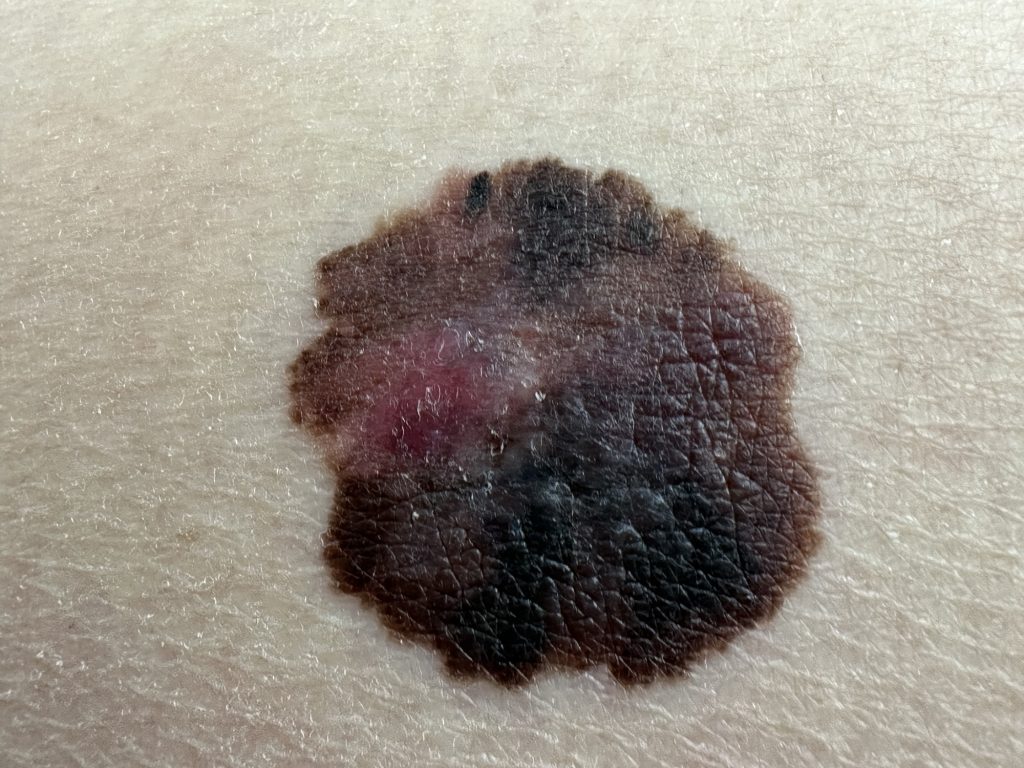Two new studies confirm that Castle’s DecisionDx-Melanoma test can accurately identify patients with less than 5% risk of sentinel lymph node (SLN) positivity who can safely consider forgoing the sentinel lymph node biopsy (SLNB) surgical procedure and who are also unlikely to experience disease progression.
Current National Comprehensive Cancer Network (NCCN) guidelines suggest forgoing SLNB when the likelihood of finding a positive SLN is less than 5%, considering SLNB when the risk is between 5-10%, and offering the surgery when the likelihood of positivity is above 10%.
Castle’s prospective, multicenter DECIDE study was designed to assess the performance of the DecisionDx-Melanoma test in guiding SLNB decisions in patients with T1-T2 tumors and following these patients’ long-term outcomes.
Findings from Reports
An initial report published in 2023 showed that DecisionDx-Melanoma test results influenced 85% of SLNB decisions.
A second report, recently published in the World Journal of Surgical Oncology, confirmed the performance of a low-risk DecisionDx-Melanoma result to predict SLN positivity rates of less than 5% in patients who elected to have an SLNB despite the test result. In this report, no patient with a DecisionDx-Melanoma-predicted risk of SLN positivity of less than 5% who decided to have an SLNB procedure had a positive node, the study showed.
A third report, published in Cancer Medicine, shares outcomes of patients in the DECIDE study with a low-risk DecisionDx-Melanoma test result (Class 1A), of which approximately half (51.5%) decided to forgo an SLNB and 48.5% proceeded with an SLNB despite the DecisionDx-Melanoma test result.
All patients with a low-risk Class 1A test result were recurrence free (100% recurrence-free survival, median follow-up = two years).
The test report includes a class result (1A, 1B, 2A, or 2B) determined from the 31-GEP score that informs the risk of recurrence and the likelihood of SLN positivity. Class 1A is the lowest risk, and Class 2B confers the highest risk of recurrence and likelihood of SLN positivity.
Findings Underscore Strength of Test
“Decision-making for patients whose staging-based risk falls within or around the 5-10% threshold (i.e., patients with T1-T2 tumors) can be challenging. Our study findings underscore the strength of the DecisionDx-Melanoma test to accurately identify patients with T1-T2 tumors who have a low risk of metastasis and can safely forgo SLNB, within guideline recommendations, without experiencing a melanoma recurrence,” says J. Michael Guenther, MD, lead study author and surgeon at St. Elizabeth Physicians in Edgewood, KY, in a news release.
“As evidenced by the study data, use of the test’s results can significantly reduce unnecessary SLNB procedures while decreasing complication rates and reducing costs associated with the procedure. This test helps enable clinicians to focus surgical procedures on patients more likely to have a positive node.”
“DecisionDx-Melanoma helps empower patients and clinicians to make more informed, risk-aligned decisions about whether to safely forgo or pursue an SLNB based on the patient’s personal risk of SLN positivity,” Guenther says. “Importantly, decisions to forgo the procedure can be made with confidence when guided by a low-risk DecisionDx-Melanoma test result.”


